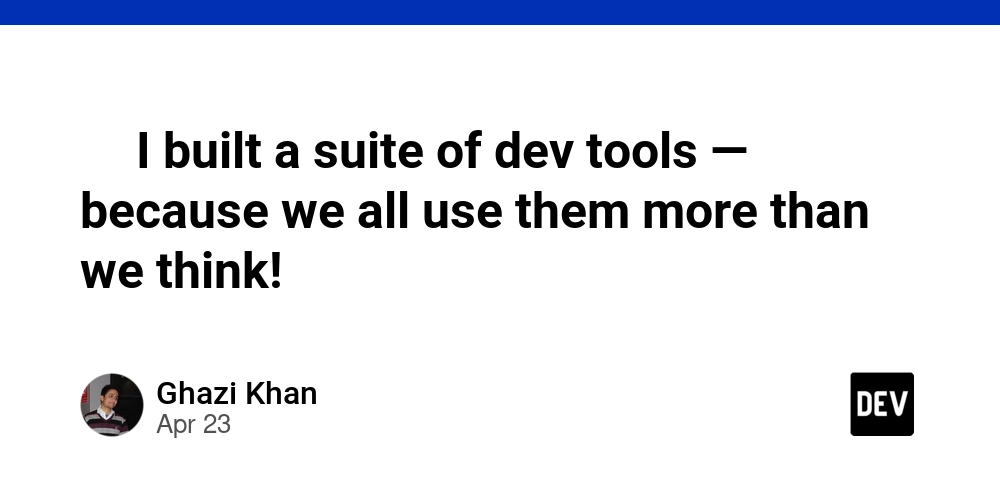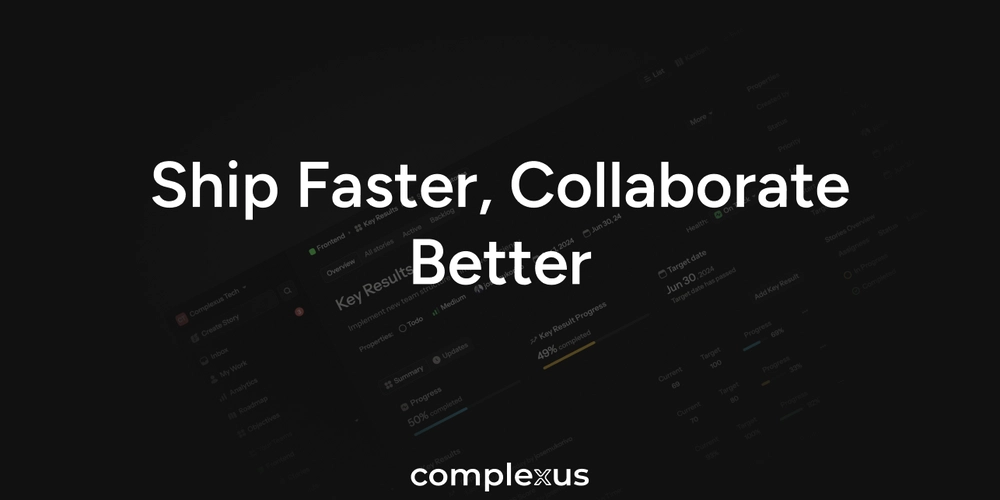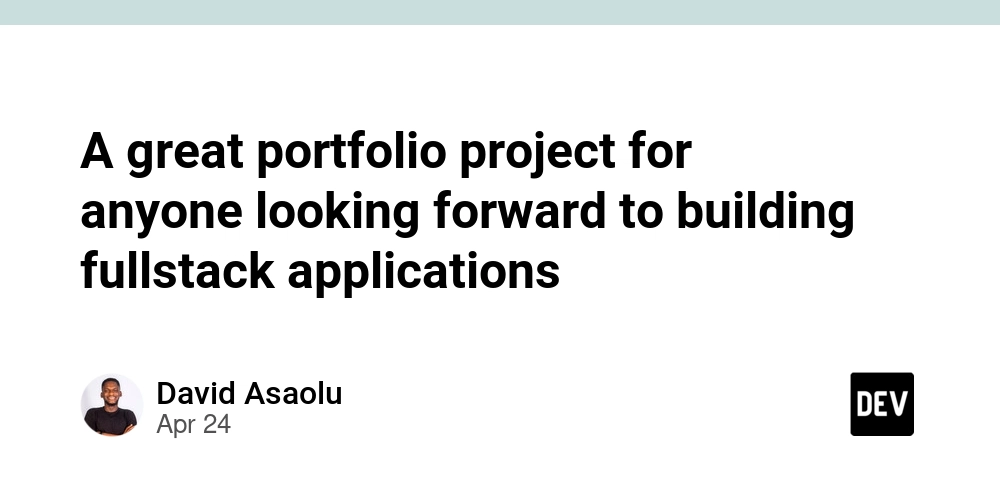
6 Proven Ways to Optimize Your Node.js Serverless Workflow for Speed & Efficiency
Serverless architecture offers unparalleled speed in delivering business value and building cost-effective solutions. But the transition to serverless, especially with Node.js, can bring challenges. Issues around testing and local development are common, forcing teams to choose between extensive unit tests and slower cloud-based testing.
Want to rapidly iterate and maintain confidence in your serverless applications? This article provides a balanced approach to serverless Node.js development, focusing on tools and techniques that boost the inner and outer feedback loops. Let's dive in.
Understanding the Inner and Outer Feedback Loops in Node.js Serverless Development
We'll use an order service example, creating and retrieving orders. This service interacts with a product service for validating product details and uses DynamoDB streams to trigger an event on order creation.
To optimize the development workflow, let's look at the two loops we are going to be optimizing:
- Inner Loop: Quick feedback on isolated code units.
- Outer Loop: Validating the entire application's functionality as a whole.
Master the Rapid Inner Feedback Loop for Node.js Serverless Functions
Unit tests are essential to test small units of code in isolation. These tests should focus on key application parts without worrying about full integration.
Examples of aspects to test in isolation:
- Calling the product service.
- Sending an
OrderCreatedevent to EventBridge. - Saving and retrieving an order from DynamoDB.
Here are three techniques to achieve this rapid feedback:
1. Mock HTTP Requests with Mock Service Worker (MSW)
When your Node.js serverless application communicates with external services, mocking HTTP requests becomes crucial. MSW intercepts outgoing HTTP requests, allowing you to configure mock responses.
For example:
MSW provides flexibility in mocking based on request paths, headers, and more. It also supports WebSockets and GraphQL, and integrates easily with any testing framework.
2. Mock AWS SDK Calls with aws-sdk-client-mock using Vitest
While MSW can mock AWS SDK calls, it requires detailed knowledge of the underlying request structure. aws-sdk-client-mock simplifies this process, specifically for AWS SDK calls.
This approach allows you to verify that your code correctly interacts with AWS services like EventBridge, without needing a fully functional cloud environment.
3. Mock Stateful Behavior with Testcontainers for Local DynamoDB Testing
For stateful operations, like saving data to DynamoDB, verifying the data model becomes important. Testcontainers lets you spin up a local DynamoDB instance using the official amazon/dynamodb-local image during testing.
To avoid delays from Docker container startup, use Vitest's globalSetup to start the DynamoDB container once for all tests. Then, set the AWS endpoint environment variable to override the URL the AWS DynamoDB SDK uses. Subsequent code changes will trigger the tests immediately.
Accelerate the Outer Feedback Loop: Integration and End-to-End Testing for Node.js Serverless Applications
Unit tests don't guarantee that all components work together correctly. To validate the entire application, deploy it to a real environment and run end-to-end tests.
Common issues to address:
- API Gateway routing.
- Lambda function permissions.
- DynamoDB stream configuration.
- External service availability.
Here's How to Shorten the Feedback Loops:
4. Debugging in the Cloud with Lambda Live Debugger:
Treat your cloud environment as a local extension. Lambda Live Debugger (LLD) allows you to attach a debugger locally while the application runs in the cloud.
With LLD, you can:
- Set breakpoints in Lambda functions.
- Step through the code as it executes with real input events.
- Get immediate feedback on code changes.
5. Using Personal Ephemeral Environments
A personal ephemeral environment will give developers access to resources in the cloud as if they were running locally, this provides a stable and predictable environment.
Benefits of using personal cloud environments:
- Improve team collaboration due to common cloud development standards.
- Provides a safety net for testing and experimentation.
- Increases deployment speed, developers can see the impact of their work immediately.
Key Takeaways for Optimizing Your Node.js Serverless Workflow
Optimize your workflow with these techniques:
- MSW: Mock HTTP requests.
aws-sdk-client-mock: Mock AWS SDK calls.- Testcontainers: Mock stateful behavior.
- Lambda Live Debugger: Debug in the cloud.
- Personal Ephemeral Environments: Improve cloud enviroment stability.
By combining rapid inner loop testing with efficient outer loop debugging, you can significantly enhance your Node.js serverless development experience, delivering speed and confidence in your deployments.























